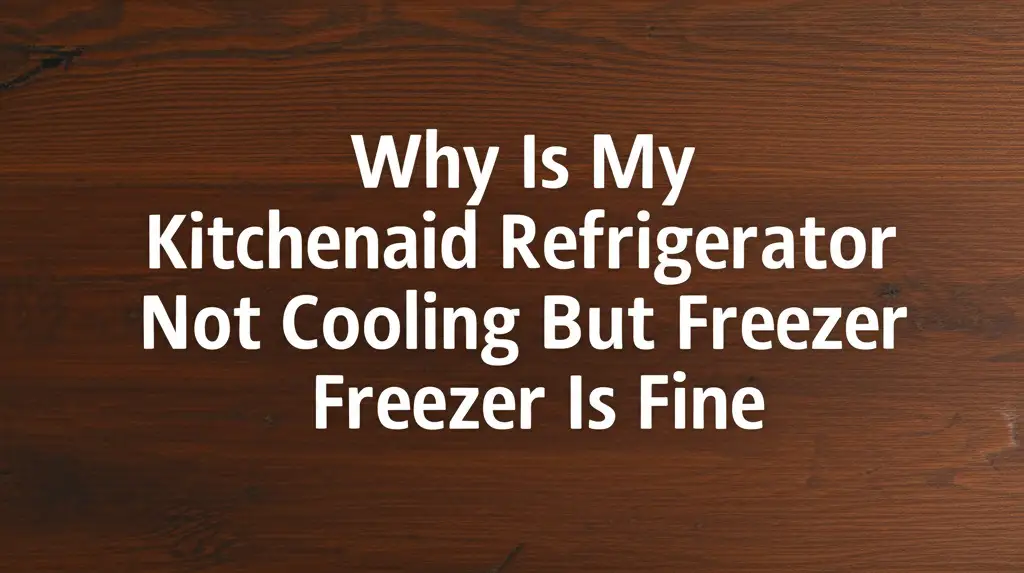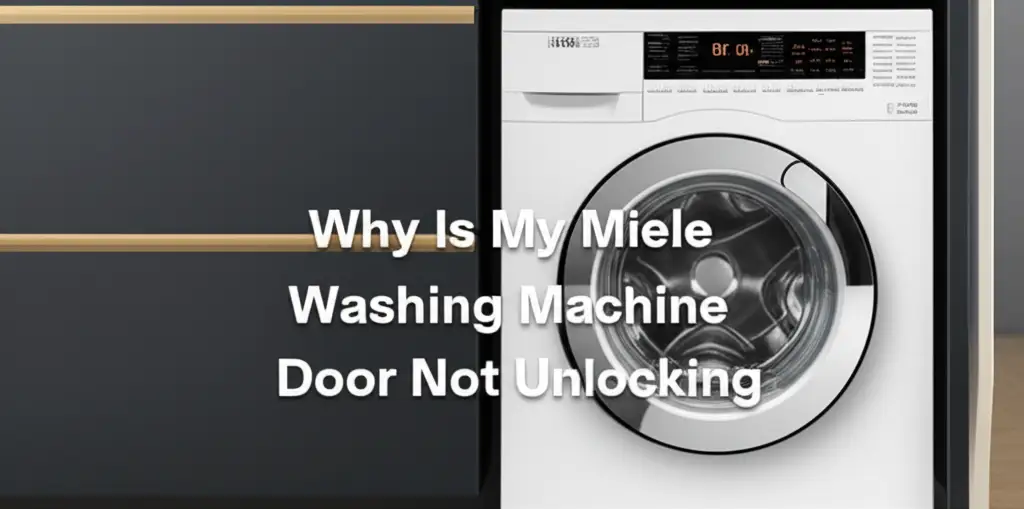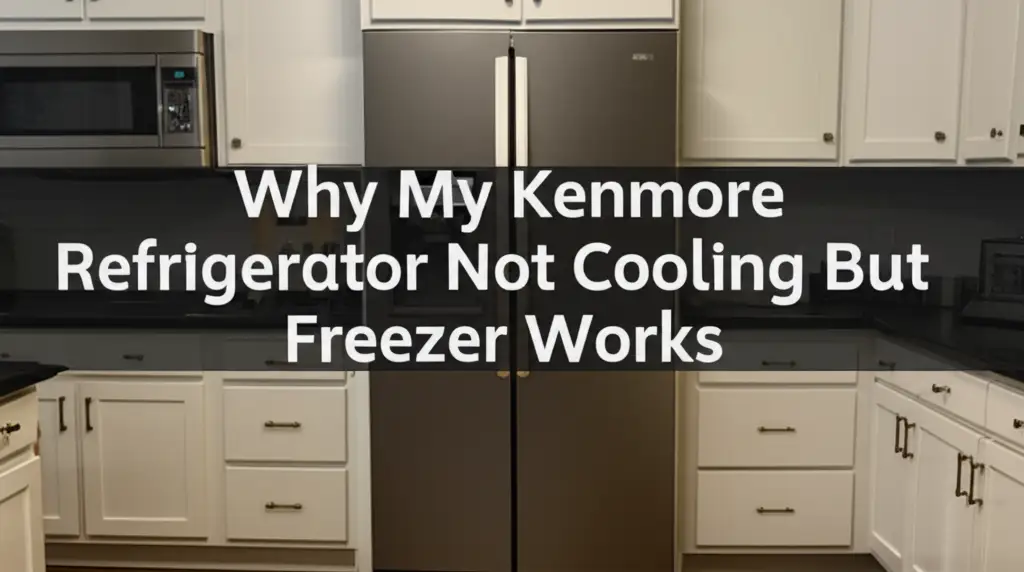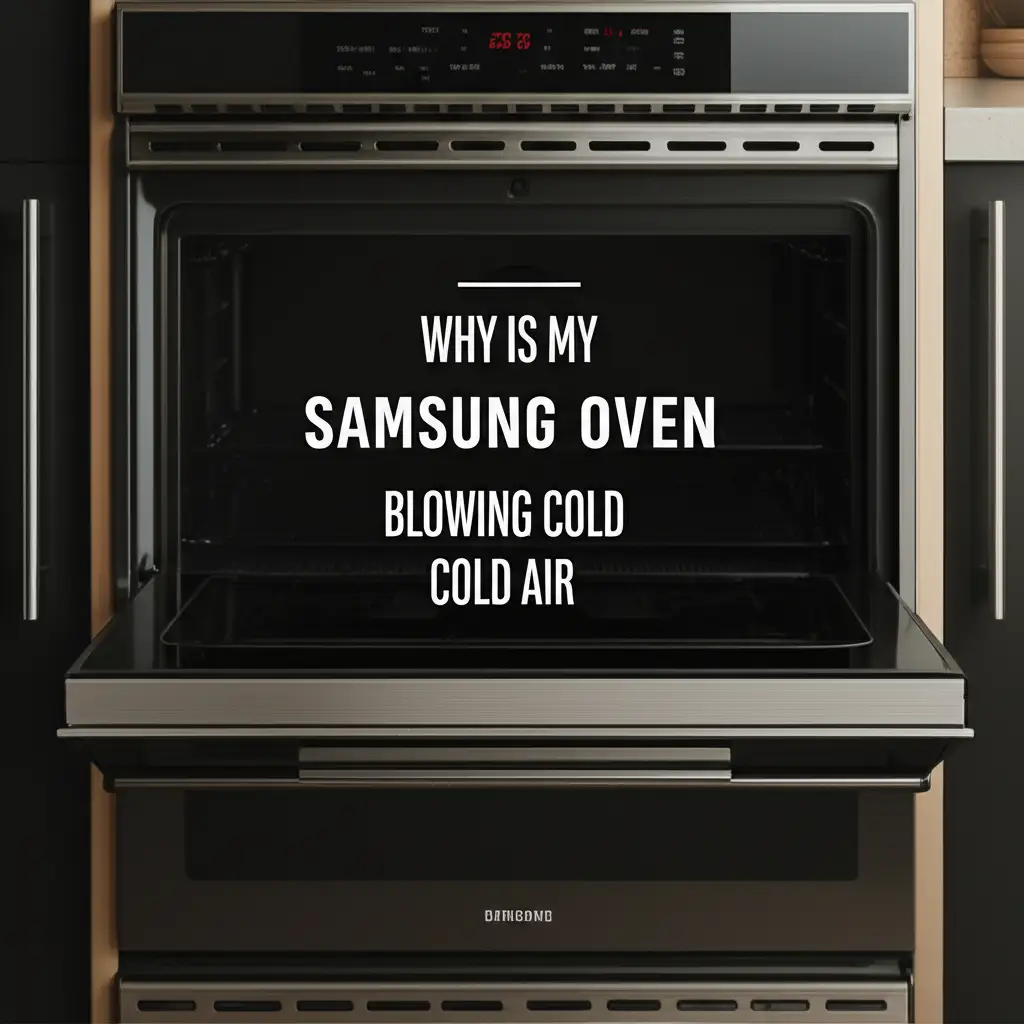· Katria Melrose · Home Appliance Repair · 10 min read
Why Is My Kitchenaid Refrigerator Not Cooling But Freezer Is Fine

Fix Your KitchenAid Refrigerator Not Cooling, Freezer Fine
Picture this: You open your KitchenAid refrigerator, expecting cool refreshment, but instead, you are met with lukewarm air. Your food feels warm. Yet, when you check the freezer, everything remains perfectly frozen. This common problem can frustrate anyone. You are not alone in facing this issue. I understand how concerning it is when your KitchenAid refrigerator is not cooling but the freezer is fine. This article will help you understand why this happens. We will explore the common culprits behind this issue. You will learn practical steps to diagnose and potentially fix the problem yourself. Let us get your refrigerator cooling properly again.
Takeaway
- Check Condenser Coils: Dirty coils prevent proper heat dissipation, causing your refrigerator to warm up. Clean them regularly.
- Inspect Evaporator Fan: If the fan motor is faulty, cold air does not circulate from the freezer to the fresh food compartment. Replace it if needed.
- Verify Damper Operation: The damper controls airflow. A stuck or broken damper prevents cold air from entering the refrigerator section.
- Assess Defrost System: Ice buildup on evaporator coils blocks airflow. A faulty defrost heater, thermostat, or timer can cause this.
- Test Temperature Sensors: A bad thermistor sends incorrect temperature readings, disrupting cooling cycles.
Your KitchenAid refrigerator is not cooling but the freezer is fine because cold air is not moving from the freezer into the fresh food compartment. Common reasons include dirty condenser coils, a faulty evaporator fan, a broken damper, issues with the defrost system, or a defective temperature sensor. Addressing these specific components often resolves the problem.
Understanding Your KitchenAid Refrigerator’s Cooling System
Your KitchenAid refrigerator operates using a single cooling system. This system generates cold air primarily in the freezer compartment. A fan then moves this cold air into the fresh food section. This design means if the freezer works, the main refrigeration system (compressor, refrigerant) is likely fine. The problem usually lies in the distribution of that cold air.
Cold air needs a clear path to reach your groceries. Obstructions or component failures can stop this path. We will look into parts that specifically affect air movement. Knowing how your refrigerator works helps you find the problem. It allows you to focus your troubleshooting.
Many factors contribute to proper cooling. An issue with even one component can disrupt the entire system. Understanding these parts makes repairs much simpler. This knowledge empowers you to take action.
Clogged Condenser Coils: A Common Culprit
Dirty condenser coils are a frequent cause of insufficient cooling. These coils dissipate heat from the refrigerant. They are often located on the back or under your refrigerator. When dirt and dust accumulate, the coils cannot release heat effectively. This makes the compressor work harder.
Over time, this extra effort reduces cooling efficiency. The refrigerator section becomes warm, even if the freezer still feels cold. It is a simple problem to check and fix. Regularly cleaning these coils improves appliance performance. It also helps extend the life of your KitchenAid refrigerator.
To clean the condenser coils, first unplug your refrigerator. Locate the coils, which may be behind a kick plate at the bottom front or on the back. Use a vacuum cleaner with a brush attachment to remove dust and debris. You can also use a coil brush for stubborn grime. For more detailed steps on cleaning these crucial components, read our guide on how to clean refrigerator coils. Keeping them clean ensures proper operation and prevents common cooling issues. Also, consider learning how to clean under a refrigerator as part of your regular maintenance routine.
Evaporator Fan Motor Failure: Stopping Airflow
The evaporator fan motor is crucial for distributing cold air. It pulls air over the evaporator coils in the freezer. This fan then pushes the chilled air into the refrigerator compartment through a vent. If this fan motor fails, cold air stays trapped in the freezer. Your refrigerator section will feel warm as a result.
You might hear unusual noises from the freezer. Or you might hear no noise at all. This can indicate a failing fan. Sometimes ice buildup can obstruct the fan blades. This stops the fan from turning properly.
To check the evaporator fan, first empty your freezer. Remove the back panel inside the freezer compartment. This exposes the evaporator coils and the fan. Inspect the fan blades for ice or debris. Try to spin the blades manually. If they are stiff or do not move freely, the motor may be bad. A broken fan motor needs replacement to restore cooling.
Defective Damper Control: Blocking Cold Air
The damper control is like a gateway between your freezer and refrigerator. It opens and closes to regulate cold air flow. This mechanism ensures the fresh food compartment gets enough cold air. If the damper control is stuck closed, no cold air reaches the refrigerator. The freezer remains cold, but the refrigerator warms up.
Dampers can be manually or electronically controlled. Manual dampers have a sliding lever. Electronic dampers are controlled by a thermostat or control board. A damper can get stuck due to frost or a mechanical failure. It might also have an electrical issue preventing it from opening.
To check the damper, locate the vent that connects the freezer and refrigerator sections. This is often at the top back of the refrigerator. You might need to remove shelving or drawers to access it. Visually inspect the damper. Look for obstructions or signs of damage. If it is an electronic damper, you may need a multimeter to test its motor for continuity. For similar troubleshooting tips, you might find our insights on why is my ge refrigerator warm but the freezer is cold helpful.
Issues with the Defrost System: Ice Buildup
A healthy defrost system is vital for your refrigerator’s performance. This system prevents excessive ice buildup on the evaporator coils. It typically consists of a defrost heater, a defrost thermostat, and a defrost timer or control board. If any part of this system fails, ice accumulates. This ice then blocks airflow from the evaporator fan.
When airflow is blocked, cold air cannot reach the fresh food compartment. You will notice the freezer working fine, but the refrigerator is warm. You might even see a thick layer of frost on the freezer’s back wall. This indicates a defrost system problem.
To diagnose, first unplug your refrigerator. Open the freezer and remove the back panel to expose the coils. If they are covered in ice, this confirms a defrost issue. You can manually defrost the unit by unplugging it for 24-48 hours. If the problem returns quickly, a component of the defrost system needs replacement. For general appliance care, consider reviewing tips like how to clean the refrigerator regularly. For specific challenges like a similar issue in another brand, see why is my ge refrigerator not cooling but the freezer is working.
Faulty Thermistor or Temperature Sensor
Your KitchenAid refrigerator relies on temperature sensors, or thermistors, for proper cooling. These small devices monitor the temperature in different compartments. They send readings to the main control board. The control board then uses this information to cycle the compressor and fans. This maintains the desired temperature.
If a thermistor becomes faulty, it sends incorrect temperature data. For example, it might tell the control board the refrigerator is colder than it is. This causes the compressor to run less, or the damper to close. The fresh food compartment then fails to cool properly. However, the freezer thermistor might still work correctly, keeping the freezer cold.
Testing a thermistor usually requires a multimeter to check its resistance. The resistance changes with temperature. You can often find resistance values in your refrigerator’s service manual. If the readings are outside the specified range, the thermistor is defective. Replacing a faulty thermistor can restore correct temperature regulation.
Control Board Malfunctions: Electronic Glitches
The main control board acts as the brain of your KitchenAid refrigerator. It receives signals from various sensors. It then sends commands to components like the compressor, fans, and defrost system. If this board malfunctions, it can send incorrect signals. This can lead to a variety of cooling issues.
A control board problem might manifest as an inability to regulate temperature. It might fail to open the damper, or it might not activate the evaporator fan. This would prevent cold air from reaching the fresh food section. The freezer may remain cold because its direct cooling cycle is less dependent on fine-tuned air distribution.
Diagnosing a bad control board is often difficult. It usually is the last component to check after ruling out all other possibilities. Signs of a faulty board can include erratic behavior from the refrigerator. You might notice unusual cycling patterns or unresponsive controls. If you suspect the control board, professional diagnosis is recommended. Replacing a control board can be costly.
FAQ Section
How long does it take for a KitchenAid refrigerator to get cold after cleaning coils?
After cleaning condenser coils, your KitchenAid refrigerator should start cooling better within a few hours. Full cooling to the set temperature might take 12 to 24 hours. This depends on how warm the refrigerator was. Ensure enough space around the unit for good airflow.
Can a clogged water filter affect refrigerator cooling?
No, a clogged water filter does not directly affect your KitchenAid refrigerator’s cooling. Water filters are part of the water dispensing system. They do not interact with the refrigeration cycle. Issues like warm refrigerator temperatures are separate from water quality or dispenser problems.
Why is my KitchenAid refrigerator making a clicking noise and not cooling?
A clicking noise often indicates a faulty start relay on the compressor. This component helps the compressor start. If it fails, the compressor struggles to begin its cycle, resulting in poor cooling. Another possibility is a failing defrost timer trying to engage a cycle.
Is it normal for frost to build up in the freezer when the fridge isn’t cooling?
Yes, excessive frost in the freezer can occur when the refrigerator isn’t cooling properly. This happens if the defrost system fails. Ice then blocks the evaporator coils and fan. This prevents cold air from moving to the refrigerator section, making it warm.
How do I reset my KitchenAid refrigerator?
To reset your KitchenAid refrigerator, unplug it from the power outlet for about 5-10 minutes. Then, plug it back in. This often clears minor electronic glitches. A reset can sometimes resolve issues like unresponsive controls or minor cooling irregularities.
Should I call a technician for my KitchenAid refrigerator cooling issue?
You should call a technician if you have tried basic troubleshooting steps without success. If you suspect a faulty sealed system component like the compressor or a refrigerant leak, professional help is necessary. These repairs require specialized tools and expertise.
Conclusion
Finding your KitchenAid refrigerator not cooling but freezer is fine is a common and fixable problem. You now understand the primary reasons behind this issue. We looked at dirty condenser coils, a malfunctioning evaporator fan, a stuck damper, and issues with the defrost system. We also discussed faulty thermistors and control board malfunctions. These are the main culprits.
I hope this guide helps you diagnose and resolve your refrigerator’s cooling problem. Often, a simple cleaning or part replacement can restore full functionality. Regular maintenance, such as cleaning condenser coils, can prevent future issues. If basic troubleshooting does not work, consider calling a certified appliance technician. They can perform more complex diagnostics and repairs. Keeping your KitchenAid refrigerator running efficiently helps preserve your food and your peace of mind. Get your fridge back to its optimal cooling state today.
- KitchenAid Refrigerator Repair
- Refrigerator Not Cooling
- Freezer Working
- Appliance Troubleshooting
- KitchenAid Fridge Warm





